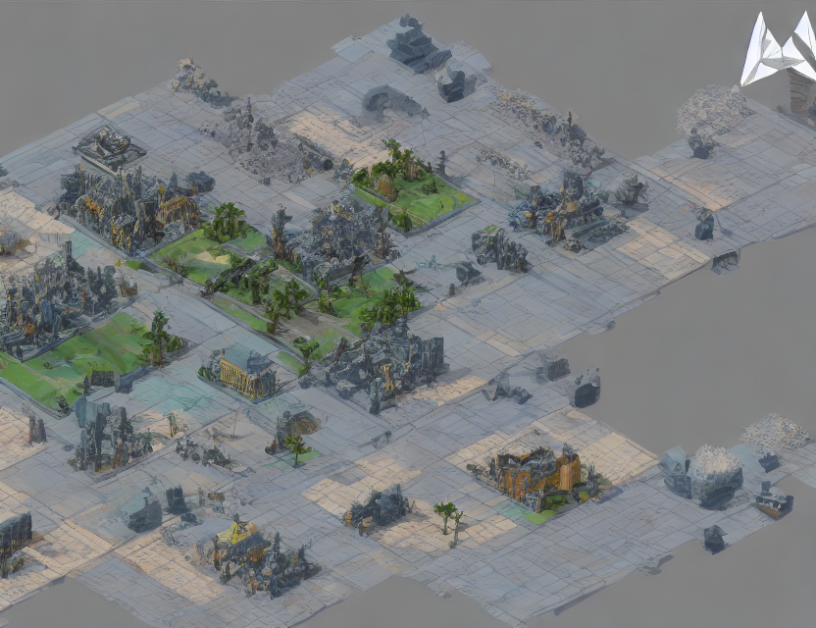In this paper, we delve into the realm of signed graphs, which are graphical representations with both positive and negative edges. Our focus is on a particular class of signed graphs called "weakly k-balanced" and "weakly k-anti-balanced," which have applications in social network analysis and correlation clustering.
To better understand these concepts, imagine a group of people with different relationships. For instance, some may be friends, while others may be enemies or even neutral towards each other. A signed graph can represent these relationships by assigning positive and negative edges between individuals.
Now, let’s dive into the definitions of weakly k-balanced and weakly k-anti-balanced graphs. A graph is weakly k-balanced if its unsigned positive graph (i.e., without negative edges) has k connected components, each of which forms a clique. In other words, all individuals in one component are connected to each other but have no connections with those in another component.
On the other hand, a graph is weakly k-anti-balanced if its unsigned negative graph has k connected components, each of which forms a clique. This means that all individuals in one component are connected to each other and have no positive connections with those in another component.
These concepts can be visualized as a social network where people either have positive or negative relationships. A weakly k-balanced graph represents a society where everyone is connected to each other, but there are no negative relationships within any one group. Conversely, a weakly k-anti-balanced graph shows a society where everyone is connected to each other, but there are no positive relationships between different groups.
In summary, this paper explores the realm of signed graphs and introduces two new classes of graphs: weakly k-balanced and weakly k-anti-balanced. These concepts have applications in social network analysis and correlation clustering. By understanding these classes of graphs, we can gain insights into how people interact with each other in different societies.
Computational Complexity, Computer Science
Studying Oensive Alliances in Signed Graphs: A Computational Minimization Problem



